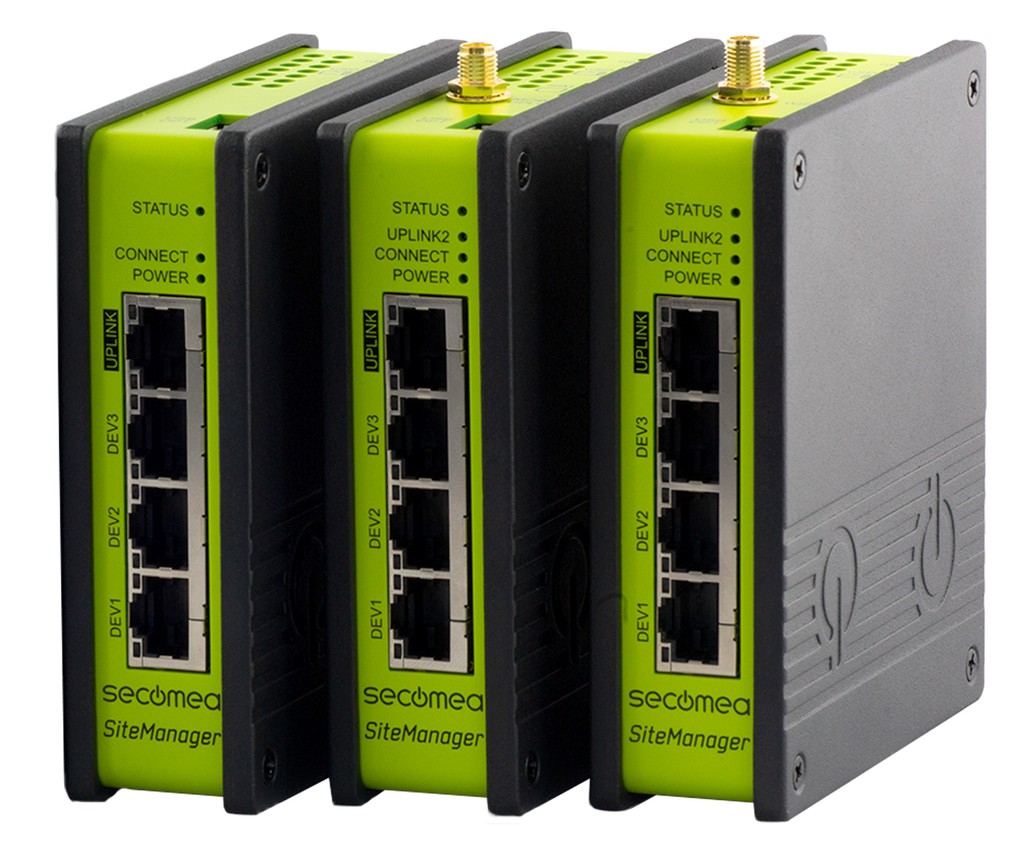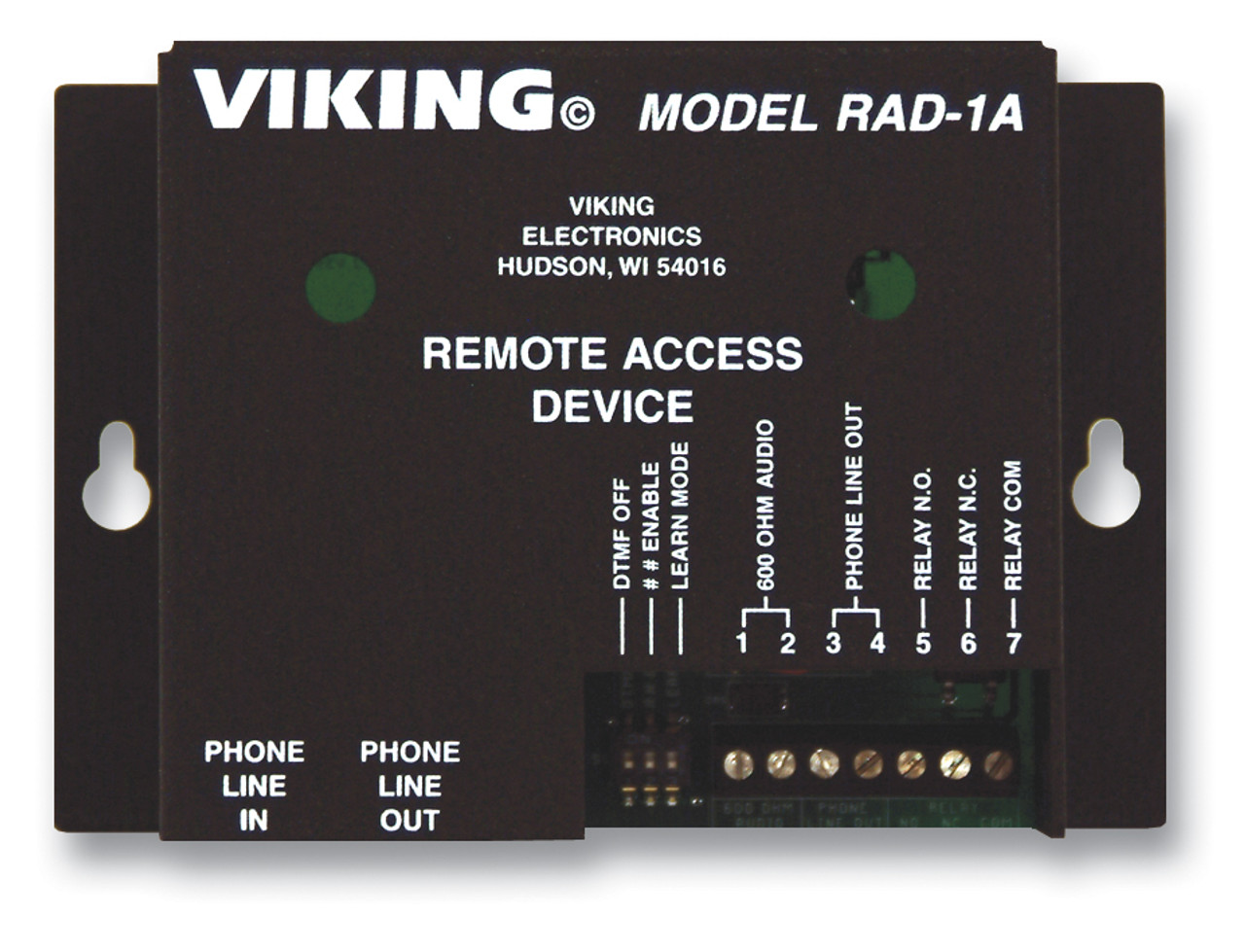Unlocking The Power Of Remote Access Devices Behind Firewalls
Listen up, folks. If you've ever found yourself scratching your head about how to securely access your work devices from afar, you're not alone. The concept of remote access device behind firewall has become a game-changer in today's digital landscape. Picture this: you're chilling at home, sipping your coffee, and suddenly you need access to that crucial file stored on your office computer. What do you do? Panic? Nope. You use a remote access tool designed to work seamlessly behind even the toughest firewalls.
In this digital age, remote work is no longer a luxury—it's a necessity. Businesses of all sizes are embracing remote access solutions to keep their teams productive, no matter where they are. But here's the catch: with great power comes great responsibility. You can't just throw open the doors to your network and hope for the best. That's where firewalls come in, acting as your digital bouncers, ensuring only the right people get in. But what happens when you need to let trusted users in from the outside? That's where remote access devices behind firewalls shine.
Now, before we dive deeper, let's get one thing straight: remote access isn't just about convenience. It's about security, efficiency, and maintaining control over your network. With cyber threats lurking around every corner, you need solutions that are as smart as the hackers trying to break in. And that's exactly what we're going to explore in this article. So grab your favorite drink, sit back, and let's demystify the world of remote access devices behind firewalls.
Read also:18 Desi Junction The Ultimate Guide To A Vibrant Cultural Hub
Table of Contents:
- Introduction to Remote Access
- Understanding Firewalls
- Remote Access Device Options
- Key Security Measures
- Designing Your Network Architecture
- Exploring VPN Solutions
- Cloud Integration for Remote Access
- Common Troubleshooting Tips
- Best Practices for Remote Access
- Future Trends in Remote Access
Introduction to Remote Access
Let's kick things off with the basics. Remote access is like having a secret passageway into your office, even when you're miles away. It allows you to connect to your work devices securely, giving you access to files, applications, and resources as if you were sitting right there in front of them. But here's the deal: not all remote access solutions are created equal. Some are better suited for small businesses, while others are designed for enterprise-level operations. And when it comes to remote access device behind firewall, the stakes are even higher.
So, why is remote access so important? Well, for starters, it boosts productivity. Employees can work from anywhere without missing a beat. It also reduces downtime, as issues can be resolved remotely without the need for physical presence. Plus, it's a cost-effective solution, eliminating the need for expensive hardware and infrastructure. But here's the kicker: all of this convenience comes with a responsibility to ensure that your network remains secure. That's where firewalls come in, acting as the first line of defense against unauthorized access.
Why Firewalls Matter
Think of a firewall as the bouncer at a club. Its job is to keep the bad guys out while letting the good guys in. Firewalls monitor and control incoming and outgoing network traffic based on predetermined security rules. They act as a barrier between your internal network and the outside world, preventing malicious attacks and unauthorized access. But here's the thing: firewalls can sometimes make it tricky to access your devices remotely. That's why you need remote access solutions that can work seamlessly behind firewalls, ensuring that security doesn't come at the expense of convenience.
Understanding Firewalls
Now that we've established why firewalls are important, let's dive a little deeper into how they work. Firewalls can be hardware-based, software-based, or a combination of both. They use various techniques to filter traffic, such as packet filtering, stateful inspection, and application-layer filtering. Each method has its own strengths and weaknesses, and the choice of firewall depends on the specific needs of your organization.
One of the most common types of firewalls is the network firewall, which protects the perimeter of your network. It inspects incoming and outgoing traffic and blocks anything that doesn't meet the security criteria. Another type is the application firewall, which focuses on protecting specific applications and services. And then there's the cloud firewall, which provides protection for cloud-based resources. The key takeaway here is that firewalls are essential for maintaining network security, but they can sometimes complicate remote access.
Read also:My Desi Net Tamil Your Ultimate Guide To Exploring The Best Tamil Content
Firewall Configuration Tips
Configuring a firewall can be a bit of a headache, but it's crucial to get it right. Here are a few tips to help you set up your firewall for optimal performance:
- Define clear security policies and rules.
- Regularly update and patch your firewall software.
- Monitor firewall logs to detect and respond to threats.
- Implement multi-layered security to enhance protection.
Remote Access Device Options
When it comes to remote access devices behind firewalls, you have a variety of options to choose from. Some of the most popular devices include remote desktop protocols (RDP), virtual network computing (VNC), and secure shell (SSH). Each of these solutions has its own unique features and benefits, so it's important to choose the one that best fits your needs.
RDP is a Microsoft-developed protocol that allows users to access their desktops remotely. It's widely used in corporate environments and offers a high level of security. VNC, on the other hand, is a more flexible solution that works across different platforms. It's great for users who need to access multiple types of devices. SSH is another popular choice, especially for server administrators, as it provides a secure way to access remote servers.
Choosing the Right Device
Selecting the right remote access device depends on several factors, including the size of your organization, the type of devices you need to access, and your security requirements. Here are a few things to consider:
- Security features: Look for devices that offer robust encryption and authentication methods.
- Compatibility: Ensure that the device you choose works with your existing infrastructure.
- Scalability: Choose a solution that can grow with your business needs.
Key Security Measures
Security should always be at the forefront of your mind when implementing remote access solutions. Here are some key measures you can take to ensure that your network remains secure:
1. Use Strong Authentication: Implement multi-factor authentication (MFA) to add an extra layer of security. This requires users to provide two or more verification factors to gain access to their devices.
2. Encrypt Your Connections: Use encryption protocols like SSL/TLS to protect your data during transmission. This ensures that even if someone intercepts your data, they won't be able to read it.
3. Regularly Update Your Software: Keep your remote access software and firewalls up to date with the latest security patches. This helps protect against known vulnerabilities.
Advanced Security Techniques
For those looking to take their security to the next level, consider implementing advanced techniques such as network segmentation and intrusion detection systems. Network segmentation involves dividing your network into smaller, isolated segments, making it harder for attackers to move laterally within your network. Intrusion detection systems monitor your network for suspicious activity and alert you to potential threats.
Designing Your Network Architecture
Your network architecture plays a crucial role in the effectiveness of your remote access solutions. A well-designed architecture ensures that your network remains secure while still allowing for seamless remote access. Here are a few best practices to consider:
1. Implement a DMZ: A demilitarized zone (DMZ) is a network segment that sits between your internal network and the internet. It provides an additional layer of security by isolating your critical systems from direct internet exposure.
2. Use a Bastion Host: A bastion host is a server that is exposed to the internet and serves as a gateway to your internal network. It acts as a single point of entry, making it easier to manage and secure.
3. Segment Your Network: As mentioned earlier, network segmentation is a powerful technique that can enhance your network's security. By isolating different parts of your network, you can limit the impact of a potential breach.
Network Architecture Best Practices
Here are a few additional tips to help you design a secure network architecture:
- Regularly review and update your network architecture to adapt to changing threats.
- Implement role-based access control to ensure that users only have access to the resources they need.
- Conduct regular security audits to identify and address vulnerabilities.
Exploring VPN Solutions
Virtual private networks (VPNs) are a popular choice for secure remote access. They create an encrypted tunnel between your device and the network you're trying to access, ensuring that your data remains safe from prying eyes. There are several types of VPNs to choose from, including site-to-site VPNs, remote access VPNs, and mobile VPNs.
Site-to-site VPNs are commonly used by large organizations to connect multiple locations securely. Remote access VPNs, on the other hand, allow individual users to connect to a private network from a remote location. Mobile VPNs are designed specifically for mobile devices, providing secure access on the go.
Choosing the Right VPN
When selecting a VPN solution, consider the following factors:
- Performance: Look for a VPN that offers fast and reliable connections.
- Security: Ensure that the VPN uses strong encryption and authentication methods.
- Compatibility: Choose a VPN that works with your devices and operating systems.
Cloud Integration for Remote Access
Cloud integration has revolutionized the way we think about remote access. By leveraging cloud-based solutions, businesses can provide secure access to their resources without the need for complex on-premises infrastructure. Cloud-based remote access solutions offer several advantages, including scalability, flexibility, and cost-effectiveness.
One of the most popular cloud-based remote access solutions is Microsoft Azure Virtual Desktop. It allows users to access their desktops and applications from anywhere, using any device. Another option is Amazon WorkSpaces, which provides a managed, secure desktop computing service in the cloud.
Benefits of Cloud Integration
Here are a few benefits of integrating cloud solutions into your remote access strategy:
- Scalability: Easily scale your resources up or down based on demand.
- Flexibility: Access your resources from any device, anywhere.
- Cost-Effectiveness: Eliminate the need for expensive hardware and infrastructure.
Common Troubleshooting Tips
Even the best-planned remote access solutions can run into issues from time to time. Here are a few common problems and how to troubleshoot them:
1. Connectivity Issues: If you're having trouble connecting to your remote device, check your firewall settings to ensure that the necessary ports are open. Also, verify that your remote access software is up to date.
2. Performance Problems: Slow performance can be caused by a variety of factors, including network congestion, outdated software, or insufficient bandwidth. Try optimizing your network settings and updating your software to improve performance.
3. Security Alerts: If you receive security alerts, investigate the source of the alert and take appropriate action. This may involve updating your firewall rules or implementing additional security measures.
Troubleshooting Best Practices
Here are a few additional tips to help you troubleshoot remote access issues:
- Keep detailed logs of your network activity to help identify and resolve issues.
- Regularly test your remote access solutions to ensure they're functioning correctly.
- Provide users with clear instructions and support resources to help them troubleshoot common problems.
Best Practices for Remote Access
To ensure that your remote access solutions remain secure and effective, follow these best practices:
1. Regularly Review Your Security Policies: As threats evolve, so should your security policies. Regularly review and update your policies to address new risks.
2. Educate Your Users:
Article Recommendations


